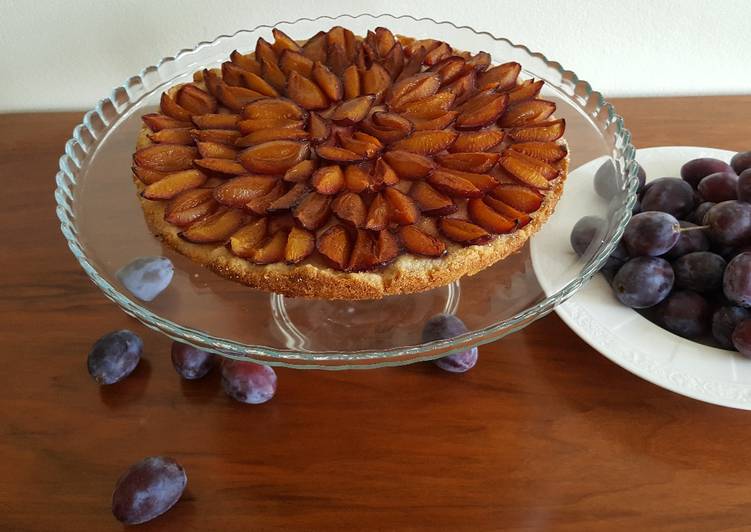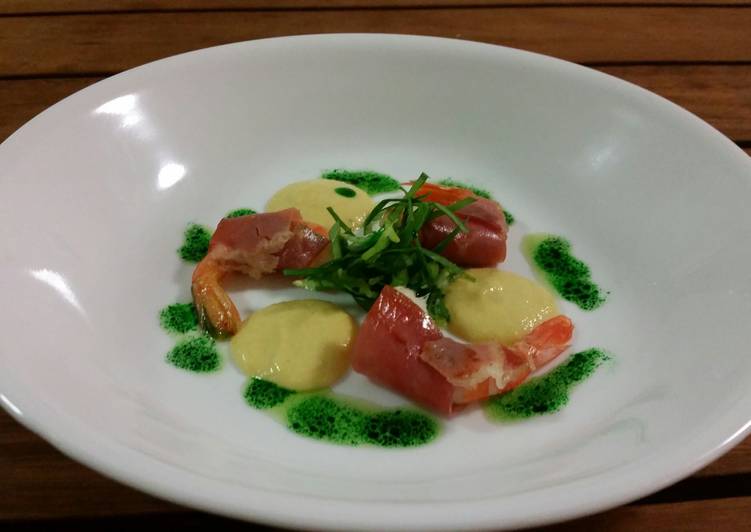
Hey everyone, I hope you’re having an amazing day today. Today, we’re going to make a distinctive dish, german plum cake - zwetschgendatschi. One of my favorites food recipes. This time, I’m gonna make it a little bit unique. This will be really delicious.
German Plum Cake - Zwetschgendatschi is one of the most popular of current trending foods in the world. It’s appreciated by millions every day. It’s simple, it is quick, it tastes yummy. German Plum Cake - Zwetschgendatschi is something which I have loved my whole life. They are nice and they look wonderful.
Free UK delivery on eligible orders Augsburg, a city in Bavaria northwest of Munich and one of the oldest cities in Germany, claims to have invented the original German plum cake, which they call Zwetschgendatschi. While variations exist even within Augsburg, the original version is made with shortcrust pastry and without any streusel. This Bavarian Zwetschgendatschi or German plum cake contains yeast dough, lots of plums and is topped off with streusel.
To get started with this recipe, we have to prepare a few components. You can have german plum cake - zwetschgendatschi using 11 ingredients and 5 steps. Here is how you can achieve it.
The ingredients needed to make German Plum Cake - Zwetschgendatschi:
- Make ready 250 g flour
- Take 140 g butte, cold
- Take 50 g sugar
- Prepare 1 pinch baking powder
- Take 1 dash salt
- Take 1 egg (size m)
- Make ready 1 tbsp rum
- Make ready 1 sachet vanilla sugar
- Make ready 1 kg (2 lb) prunes (Zwetschgen)
- Get 3 tbsp sugar
- Get 1/2 tsp cinnamon
ZWETSCHEGENKUCHEN RECIPE This German plum cake is one of my favorite autumn cakes, one of just anybody's favorite autumn cakes in Germany, I suppose. Nothing speaks more of autumn, crisp air, warm kitchens and delicious cakes than this amazing German plum cake, a typical German streusel cake or Streuselkuchen with plums. Augsburg, a city in Bavaria northwest of Munich and one of the oldest cities in Germany, claims to have invented the original German plum cake, which they call Zwetschgendatschi. While variations exist even within Augsburg, the original version is made with shortcrust pastry and without any streusel.
Instructions to make German Plum Cake - Zwetschgendatschi:
- Preheat the oven to 200 °C (390° F). Line a baking tray or a springform tin with baking parchment. Mix dry ingredients (except tbsp sugar and tsp cinnamon at the end of the ingredients).
- Add the cold butter and start kneading with your fingers. Add the egg and the rum and knead until you have a dough.
- Spread the dough on the tray or tin and pinch several times with a fork so it does not rise while baking. Put the tin in the fridge until the prunes are prepared.
- Wash the prunes. Cut in the middle, open and remove pit without cutting the prune into half. Cut in fan-shape (kind of accordion) as seen in the photo. Lay tightly on the pie crust.
- Bake for 30 min until crust turns light brown. In the mean time mix 3 tbsp sugar with 1/2 tsp cinnamon. As soon as the cake is removed from the oven scatter cinnamon sugar mix on the cake and cover with aluminium foil (for 20 min). A lovely juice will emerge that makes the cake moist. Enjoy with whipped cream!
This German plum cake tastes better than any fancy bakery cake and is hard to beat in terms of prep time and simplicity of ingredients. You probably already have everything in the pantry and it comes together quickly too. Just remember to take the ingredients out of the refrigerator in time. The German plum cake comes out of the oven perfectly risen, with super juicy pockets of plums, tart. This cake has to be juicy!
So that is going to wrap it up for this special food german plum cake - zwetschgendatschi recipe. Thanks so much for your time. I’m sure you will make this at home. There is gonna be interesting food at home recipes coming up. Don’t forget to bookmark this page on your browser, and share it to your loved ones, friends and colleague. Thank you for reading. Go on get cooking!


